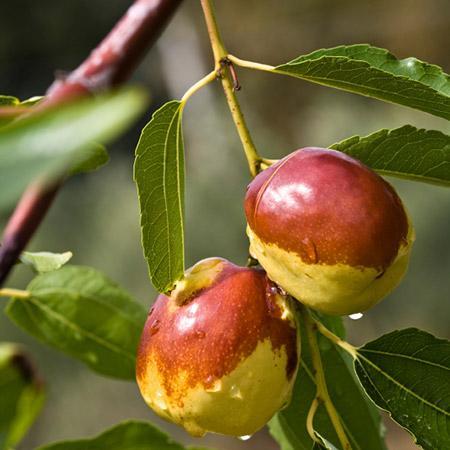How to grow a jujube tree – this stunning exotic fruit is more low-maintenance than you'd think
Planting and care tips from fruit tree experts to have healthy and productive jujube trees
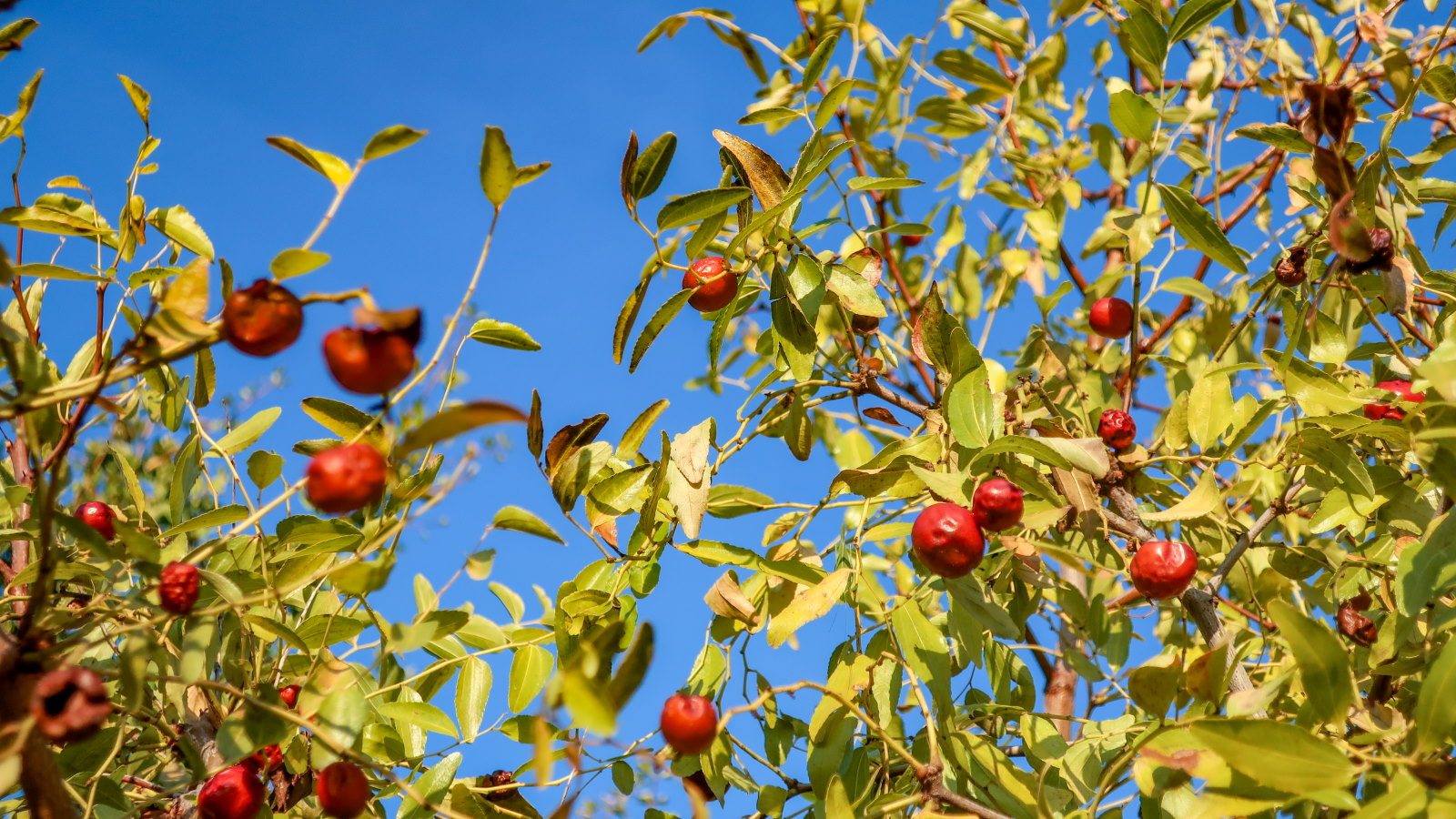
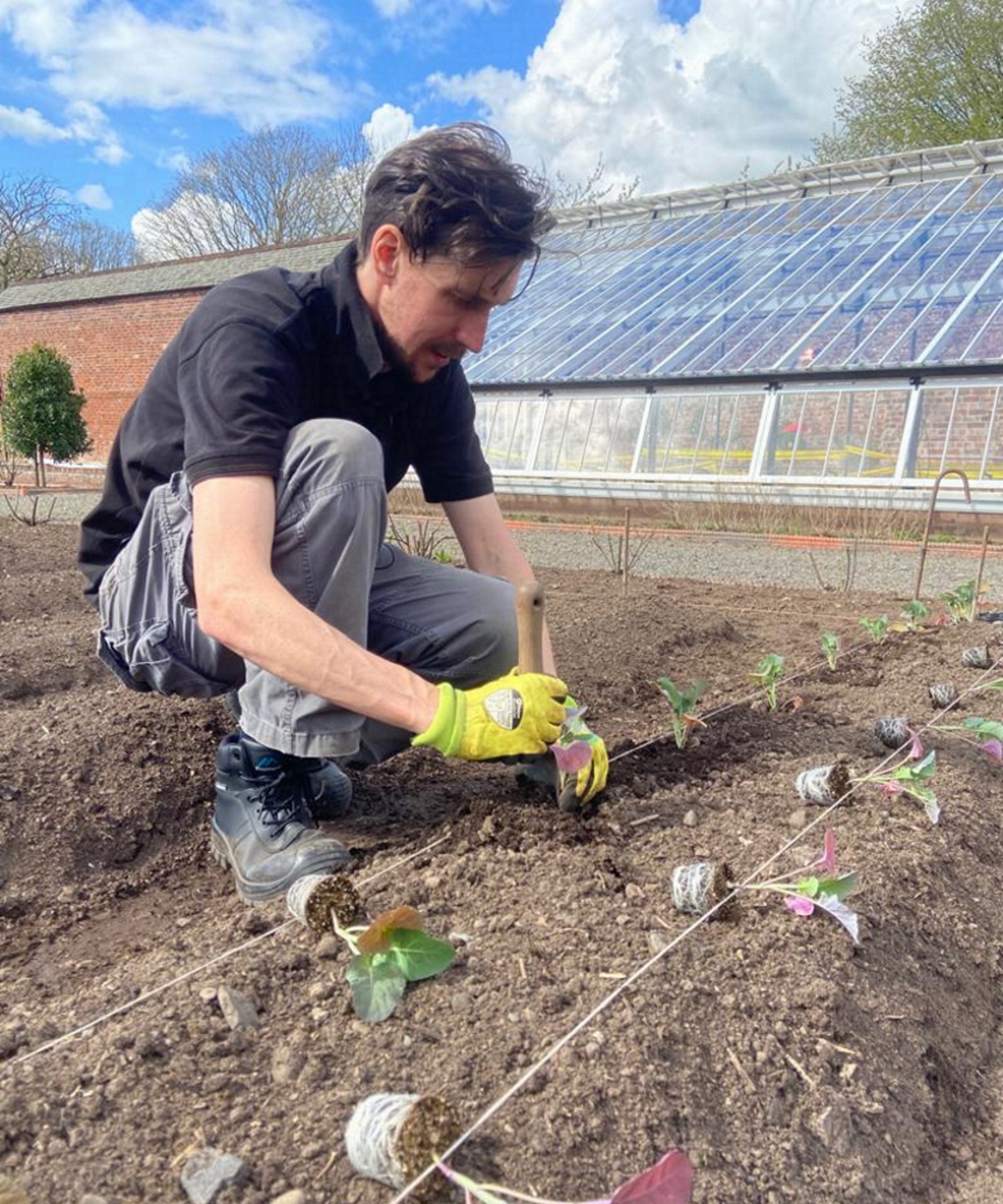
A jujube tree may not be the first fruit that springs to mind for a backyard. That should change, though, as there are some tangible benefits to growing a jujube tree. These include the facts that jujube trees are versatile, low-maintenance, and suffer from no known pest or disease problems.
Jujube trees may be exotic and sound high-maintenance, but the reality couldn’t be further from the truth. These beautiful and highly ornamental trees can tolerate cold temperatures, are drought-tolerant, and produce large harvests.
With all that surprising news, I bet you are itching to learn how to grow a jujube tree. To reveal more about how easy these fruit trees are to grow, I got practical planting and care tips from two plant experts.
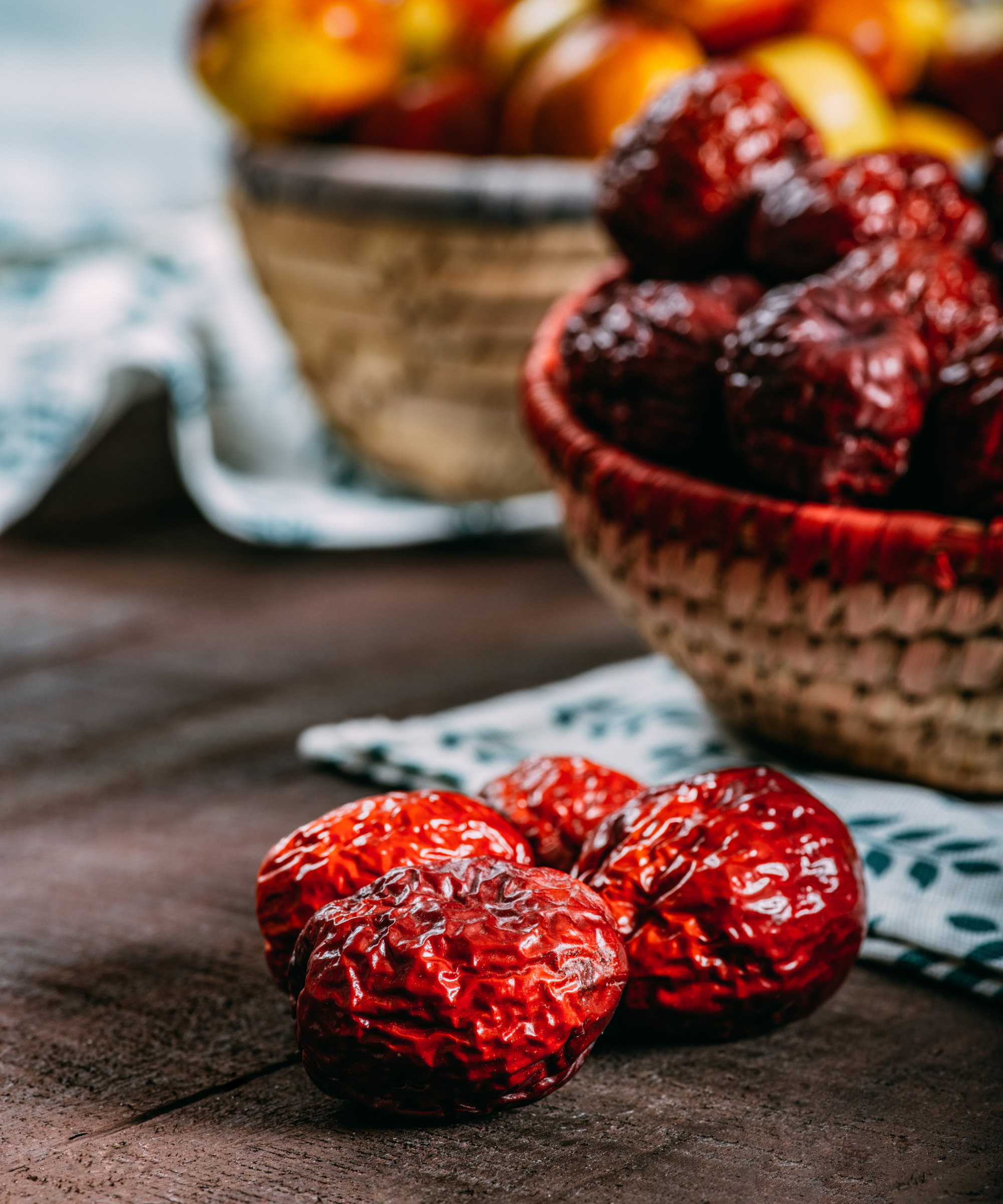
How to grow a jujube tree - an expert guide
Jujube (Ziziphus jujube) have been grown for thousands of years in Southeast Asia, China, and the Mediterranean. A jujube tree can reach 20-40 feet and boasts several attractive features, including glossy green leaves and ornate bark.
The oval-shaped fruit starts green and turns reddish-brown and wrinkled as it ripens in summer. It is known as the Chinese date due to the fruit’s resemblance to a date, but the texture and taste are more similar to an apple.
How to grow a jujube tree - planting tips
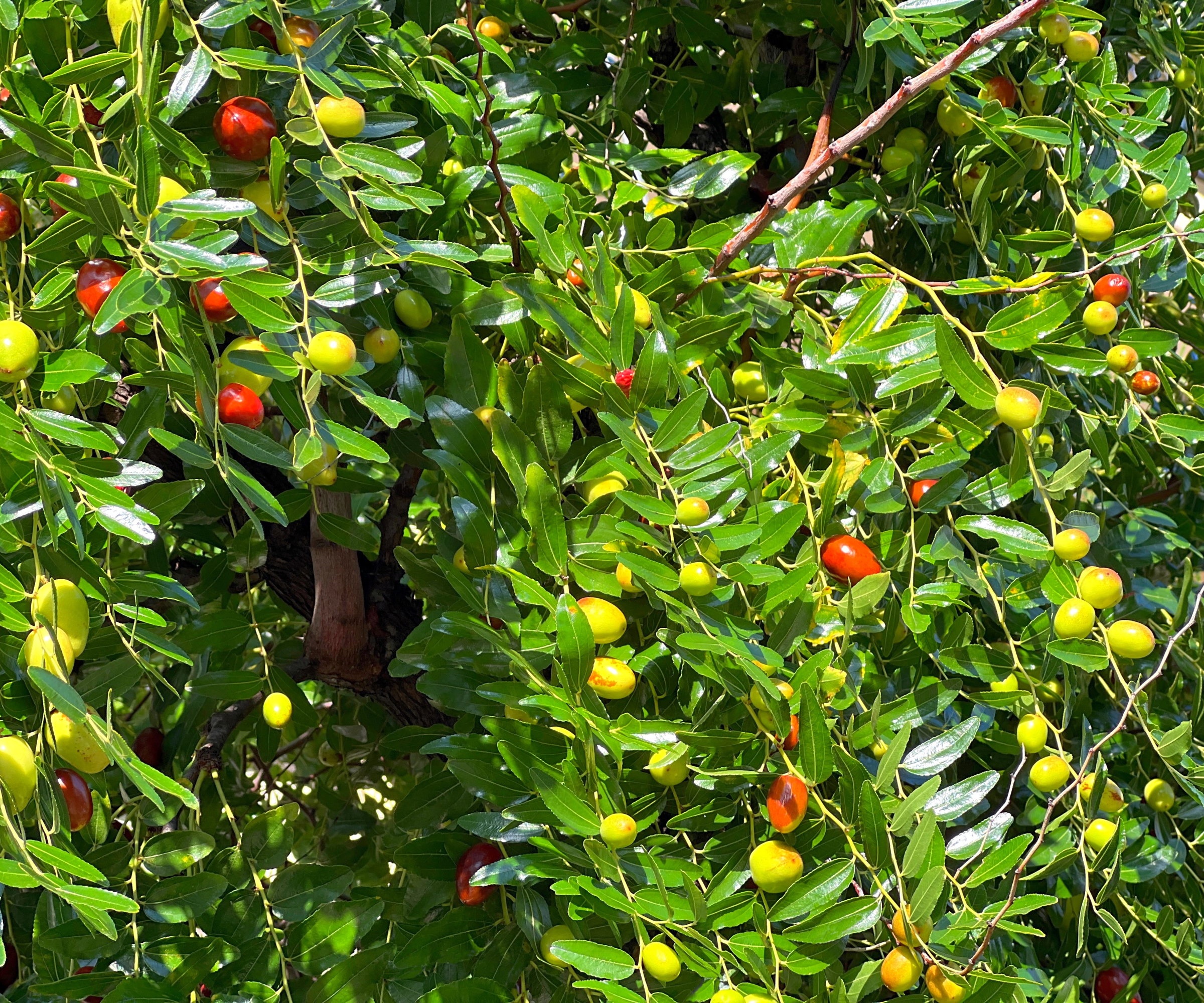
Jujube trees are highly adaptable fruit trees and can tolerate temperatures down to 5°F, making them suitable for US hardiness zones 6-9. Trees can be purchased from specialist fruit tree nurseries or online, or can be grown from seed if you are happy to wait at least four years for them to fruit.
It is best to plant the fruit trees in the spring in a sunny position. Bethany Lakatos, plant expert at Fast Growing Trees, recommends planting a jujube tree in a spot with 6-8 hours of direct sunlight daily.
She says they are ‘tolerant of many different types of soils’ when planting outdoors, but warns: ‘Jujubes don’t thrive as potted or indoor plants.’
An ideal soil type for growing jujube is fertile and well-draining. It is advisable to conduct a soil test to check the nutrient levels and add organic matter, such as compost or well-rotted manure, to increase the fertility and improve the drainage if required.
Planting in heavy soil is not advised as jujube can succumb to root rot in waterlogged ground.

Bethany Lakatos is a Plant Expert at Fast Growing Trees. She graduated with honors from Oregon State University with a BS in Horticulture with a focus on sustainability and a certificate in Permaculture Design. She loves to talk about soil and edible landscaping, and lives just outside Fort Mill, SC, where she has the opportunity to delight and geek out over all the plants in the Fast Growing Trees nursery
How to grow a jujube tree - care tips
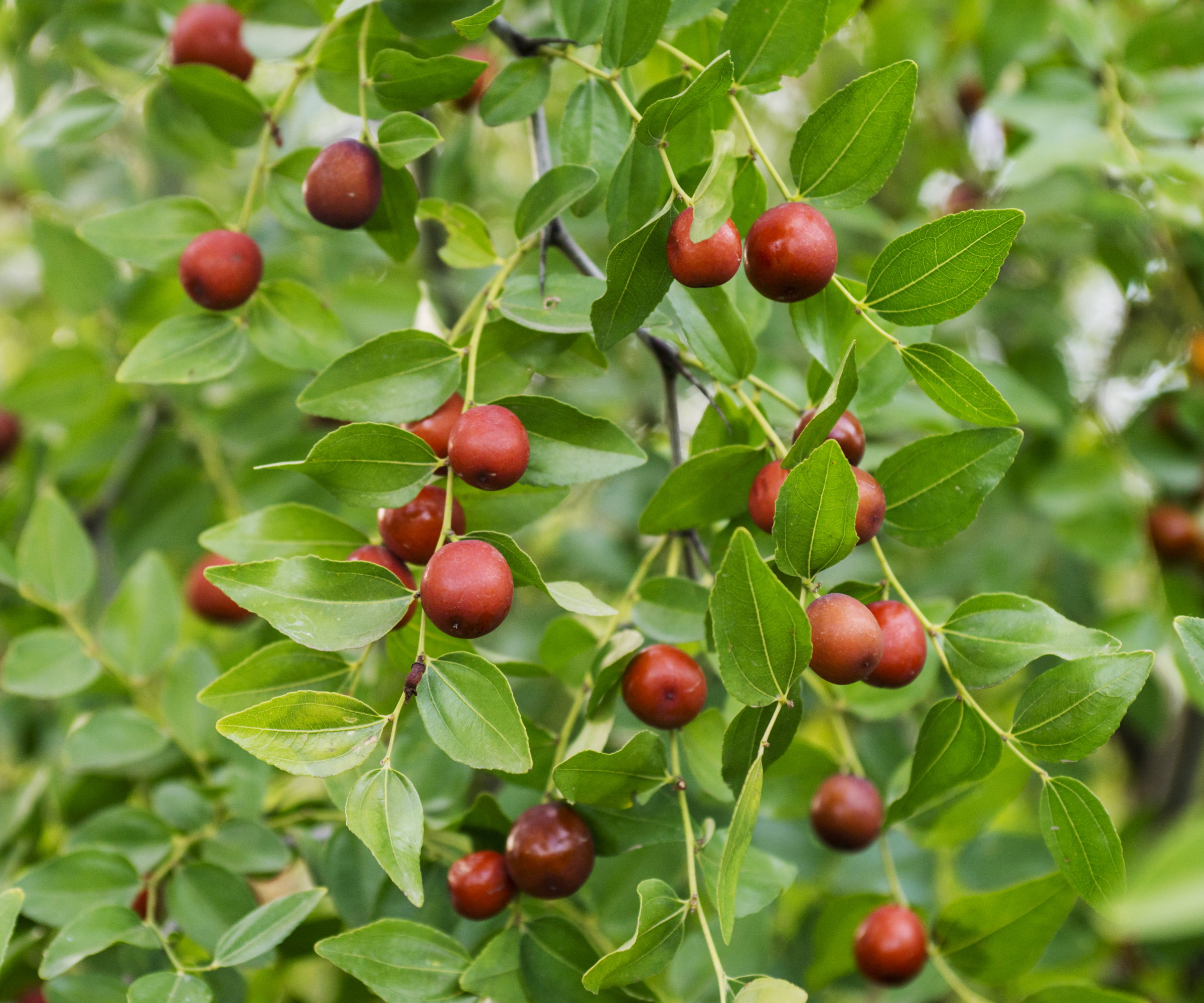
- Watering - Jujube trees need regular watering to get established, which can take up to three years. Keep a close eye on when to water plants, and give trees regular deep watering to encourage the development of strong roots. Once established, jujube trees are drought-tolerant fruit trees but will still benefit from regular watering, especially while the fruit is developing. Mulching around the trees will help retain moisture in the soil and smother weeds that will otherwise compete for water and nutrients.
- Fertilizing - Jujube trees benefit most from light fertilizing rather than heavy feeding. As for when to fertilize fruit trees, Kiersten Rankel, an expert from plant-care app Greg, recommends: ‘Feed your jujube trees once in early spring with a balanced fertilizer (something like 10-10-10) and again lightly in early summer, spreading it evenly under the tree canopy to help boost fruit production and healthy growth.’
- Pruning - Jujube trees are deciduous and pruned during dormancy in late winter or early spring, before the new growth emerges. Regularly pruning fruit trees helps to keep them healthy and vigorous. ‘Trim away dead, crowded, or crossing branches to encourage good airflow and get sunlight down to the lower branches,’ advises Kiersten Rankel. Always remove suckers and water sprouts when you see them and observe the one-third pruning rule and don’t remove too much healthy growth in one year.
- Harvesting - Jujubes are usually ready for harvest between late summer and fall, depending on your region. The signs that fruits are ready to pick are a change in color and being firm yet slightly soft to the touch. The fruits do not ripen all at the same time, so check the trees regularly for fruits. ‘As jujubes ripen, they will change from green to mottled or solid mahogany red,’ says Bethany Lakatos. ‘They can be picked before they are fully ripe, but they won’t be as sweet or crisp. Overly ripe fruit will have wrinkled skin with a soft, brown interior.’ To harvest fruits, cut them from the tree using a pair of clean and sharp pruning shears, garden snips, or scissors.
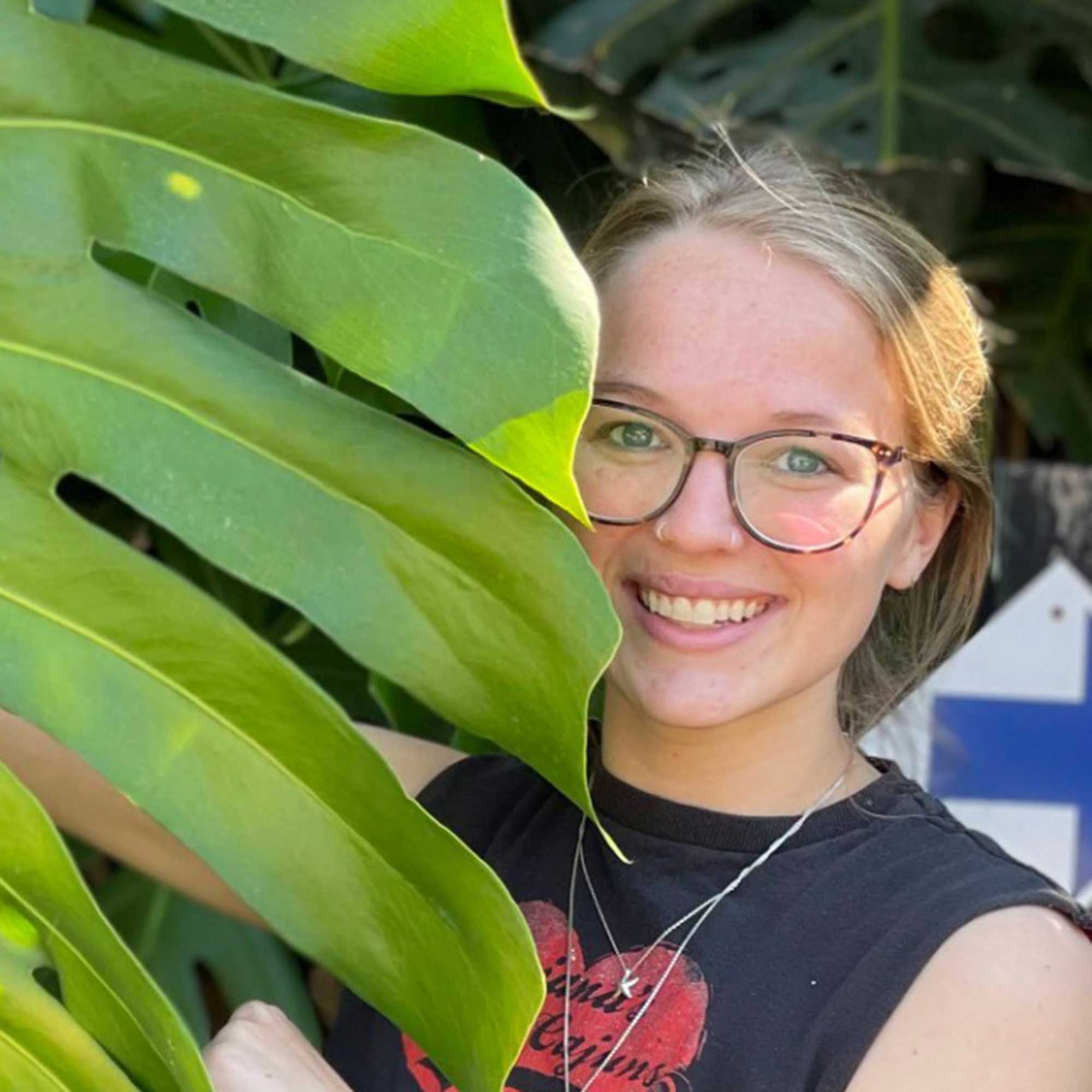
Kiersten Rankel is a certified Louisiana Master Naturalist and regularly volunteers with local community gardens and nonprofits to help restore critical ecosystems along the Gulf Coast. She earned her master's degree from Tulane University in Ecology and Evolutionary Biology after her undergraduate degree in Environmental Biology, also from Tulane. In her spare time, she enjoys hiking and tending to her 150+ houseplants and vegetable garden.
FAQs
How long does it take for a jujube tree to bear fruit?
Jujube trees typically take 3-5 years to produce fruit after planting. The exact time to bear fruit will depend on the variety, the size of the tree when planting, and the growing conditions.
As mentioned earlier, jujube trees are one of the most drought-tolerant fruit trees. If you are looking for a low-maintenance fruit tree for drier landscapes, then fig trees are exceptionally drought-tolerant. Other potential options include pomegranates and olive trees. These will all only need occasional watering when established, which can take 2-3 years from planting.
Sign up to the Homes & Gardens newsletter
Design expertise in your inbox – from inspiring decorating ideas and beautiful celebrity homes to practical gardening advice and shopping round-ups.

Drew’s passion for gardening started with growing vegetables and salad in raised beds in a small urban terrace garden. He has worked as a professional gardener in historic gardens and specialises in growing vegetables, fruit, herbs, and cut flowers as a kitchen gardener. That passion for growing extends to being an allotmenteer, garden blogger, and producing how-to gardening guides for websites. Drew was shortlisted for the New Talent of the Year award at the 2023 Garden Media Guild Awards.
You must confirm your public display name before commenting
Please logout and then login again, you will then be prompted to enter your display name.
-
 Nate Berkus says slipcovered sofas are back on trend – and I just found a way to create this designer-approved laid-back look from just $86
Nate Berkus says slipcovered sofas are back on trend – and I just found a way to create this designer-approved laid-back look from just $86This classic style is making a strong comeback, but did you know you don't have to buy a whole new couch to get this Nate-approved look?
By Eleanor Richardson
-
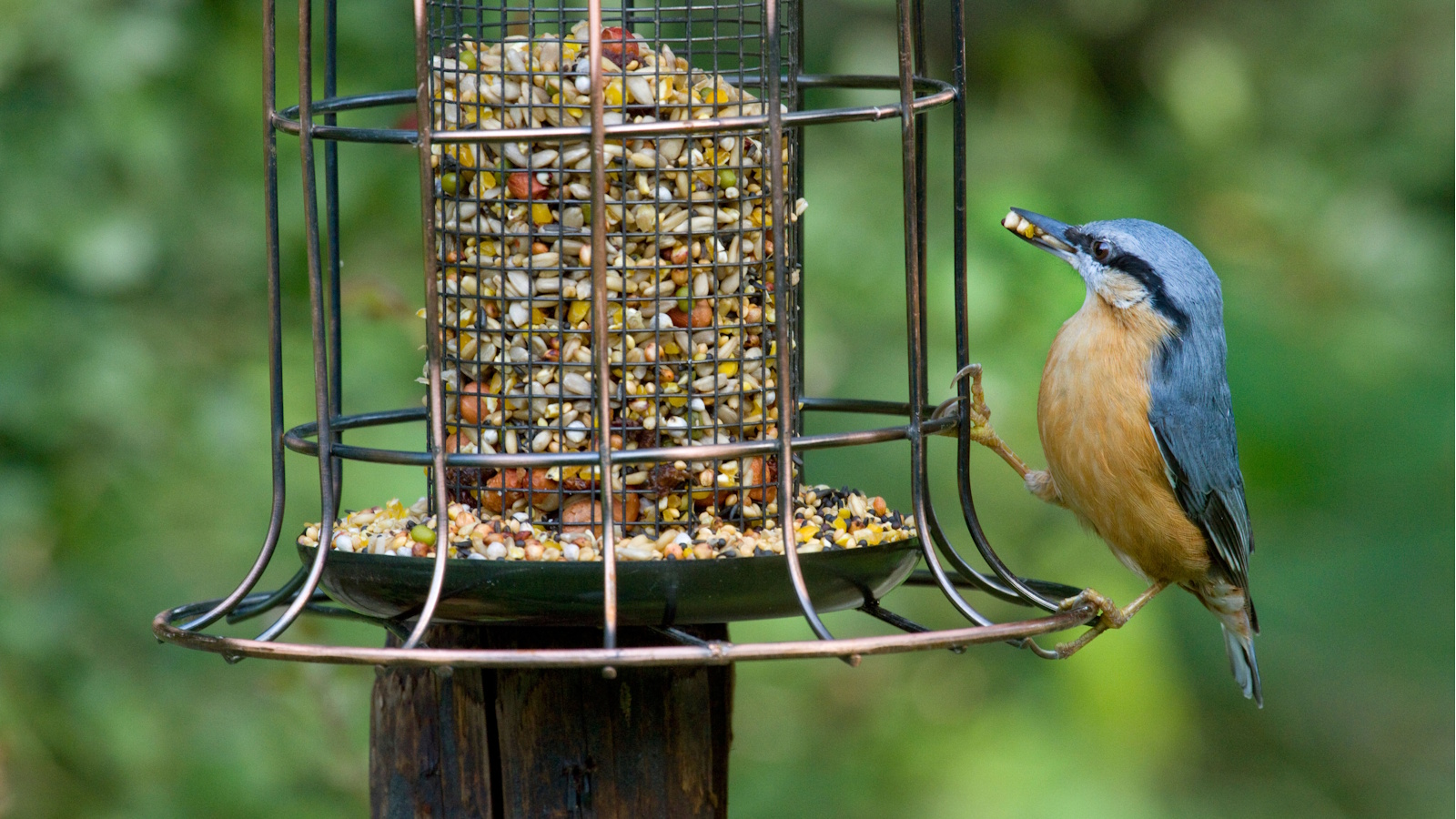 Gardeners are putting pasta in bird feeders this spring – but there is one important warning you need to know before following suit
Gardeners are putting pasta in bird feeders this spring – but there is one important warning you need to know before following suitCooked pasta can be a nutritious snack for birds, but serving it in the wrong way could cause them harm
By Tenielle Jordison
